The documentary filmmaker from the United Kingdom is a national treasure. However, the soaring violins and breathtaking drone pictures appear stuck in a bygone period of climate action.
David Attenborough is one of the few people in the United Kingdom who almost everyone likes. Since the 1950s, a steady stream of nature documentaries has kept our eyes and ears on the natural world. Even though he is now 96 years old, Attenborough has never stopped making new documentaries and sequels to his highly regarded shows about life on Earth.
His most recent book is Frozen Planet II, which is the second in a series about the cold parts of our planet. If that doesn’t interest you, there are also a bunch of documentaries with David Attenborough about birdsong and plants, two about dinosaurs, and a sequel to 2018’s Dynasties, a kind of documentary-comedy-soap-opera that follows named animals as they try to stay in power in their own dynasty. Even though he is best known for his work with the BBC’s Natural History Unit, which still makes most of his documentaries, Apple TV+ and Netflix have also recently commissioned new Attenborough shows.
Attenborough is the most likely person to represent the natural world on Earth, and for good reason. His soft-spoken respect for nature has made people wonder about it for generations. He has done more than almost anyone else to bring beautiful, fragile ecosystems from far away into our homes in a way that will stay with us forever and make us realize that we are hurting these ecosystems.
But when I watch the first episode of Frozen Planet II, I can’t help but feel a little cold. All of Attenborough’s trademarks are there, like ominous strings playing while killer whales chase a seal on pack ice. Under the Greenland ice sheet, glaciers crash into the sea, as seen from a drone. The choppy comedy of a Pallas’s cat, which is really the chubbiest, fuzzy thing in nature, as it plods after a rodent It’s all lovely. After all, he’s the one doing it. But at the same time, this documentary seems oddly out of place on a planet that is burning up.
In most of the documentaries Attenborough has made, nature is beautiful and untouched. Sad threads across unbreakable ice. Few do or see it. It’s so different from my life that it could be a fantasy novel. People are in the Attenborough documentary, but they aren’t shown very often. They are a destructive force that is just outside of the natural system but is coming closer and closer. If a person does show up in one of Attenborough’s documentaries, it’s usually the naturalist himself.
This is one way to look at nature, but it’s not the only way. In her book Under a White Sky, environmental writer Elizabeth Kolbert talks about how people have changed almost every ecosystem on Earth in a chaotic way. It’s a mess, and people are making problems everywhere they go, but Kolbert busts the myth that nature is separate from people and that the only way to fix the problems we’ve made is to leave. Attenborough doesn’t fully agree with this point of view, but that’s a given. In the 2020 documentary, A Life on Our Planet, he says that humans will need to use renewable technology, eat less meat, and try other solutions to stop climate change. But he also gives money to Population Matters, a charity that works to reduce the number of people on Earth to make life easier on the planet. If we want to keep nature as it is, we might need fewer people to enjoy it.
This way of thinking doesn’t convince me, but I do think that wishing people away to focus on nature has two other effects that we can see in Attenborough’s documentaries. One is that we sometimes don’t pay enough attention to the damage we do to the natural world. This is what conservationist Julia Jones said about Our Planet, which she watched being filmed for three weeks in 2015. After the documentary came out, she said that it was bad because it talked about forests burning in Madagascar but didn’t show any footage of the damaged ecosystems. Later, Jones praised Attenborough and his team for showing how humans affect the world in the 2020 documentary Extinction: The Fact, which she called “surprisingly radical.”
Even though Attenborough has been writing about climate change for decades, and his most recent documentaries are more honest about how bad it is for the environment, his default mode in Frozen Planet II is to show scenes of stunning beauty where people are lurking in the background. The second problem with putting people in the background is that it makes it harder for Attenborough’s documentaries to show how terrible the climate crisis is for people. The recent devastating floods in Pakistan should be a reminder that the climate crisis is mostly caused by developed economies in less developed parts of the world hurting other people. Still, the money that was supposed to be given to help less developed countries fight climate change or make up for losses has not come close to what was promised. Biden said that by 2024, the government would spend $11.4 billion a year on climate change, but in 2022, Congress only gave $1 billion.
All of this can’t be blamed on one documentary filmmaker, especially one who has been called Britain’s greatest living national treasure. But I do wonder if Attenborough’s documentaries show the flaws in a certain way of thinking about the climate crisis, a crisis in which the people who are causing it and the people who are being hurt by it are both faceless and nameless. Attenborough’s documentaries are like spells that take you to a beautiful world far away. When you wake up, your eyes are tired, and the world seems to have nothing to do with what you just saw. In reality, there are more connections between the two worlds than we might like to think.
In his book, A Life on Our Planet, Attenborough compares our world to Pripyat in his book. Pripyat is a Soviet town near Chornobyl that was abandoned after a nuclear disaster. People in Pripyat didn’t know that the power plant that gave them electricity and jobs would end up destroying almost everything they knew and loved. Attenborough writes, “Now we are all from Pripyat.” “We live our comfortable lives in the shadow of a disaster we caused. Still, it’s not too late to turn off the reactor. “
But the Chornobyl disaster has another lesson to teach. It’s not the explosion itself, but how the USSR handled the situation afterward. Because officials didn’t believe how bad the situation was, they didn’t evacuate Pripyat until 36 hours after the reactor exploded. This left the people there exposed to dangerous levels of radiation. For days, no one knew about the disaster, even though radioactive particles were floating across Europe and setting off alarms in Sweden.
Maybe there’s a lesson there for people who make films about nature. We have to face the climate crisis head-on, which means showing how humans affect the climate and how the climate crisis isn’t just a natural tragedy, but also a tragedy for people. Attenborough has been coming back to these themes a lot in his recent work, which is to his credit. However, when he slips into his most famous style—soaring strings and bewitching slow-motion shots—how easy it’s to think that nature will take care of itself and that someone else will turn off the reactor. But in reality, turning off the reactor is not enough. Most of the time, it’s too late. Even in our own nature, we have a responsibility to think about those who will be hurt the most by climate change, even in our own nature, and to act quickly to lessen the damage. We can’t just watch in shock as people and animals suffer just out of sight.
Click above button to get code
You visited 10/10 pages

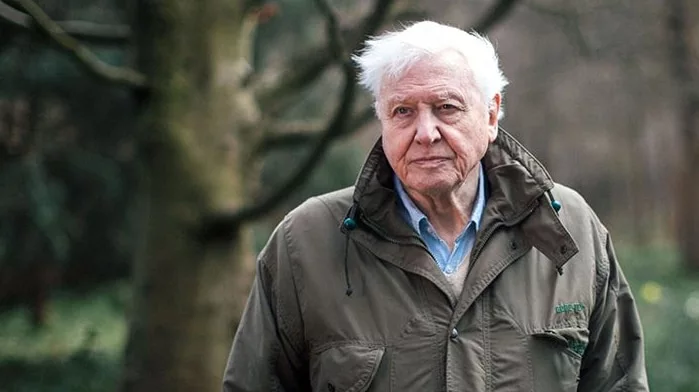
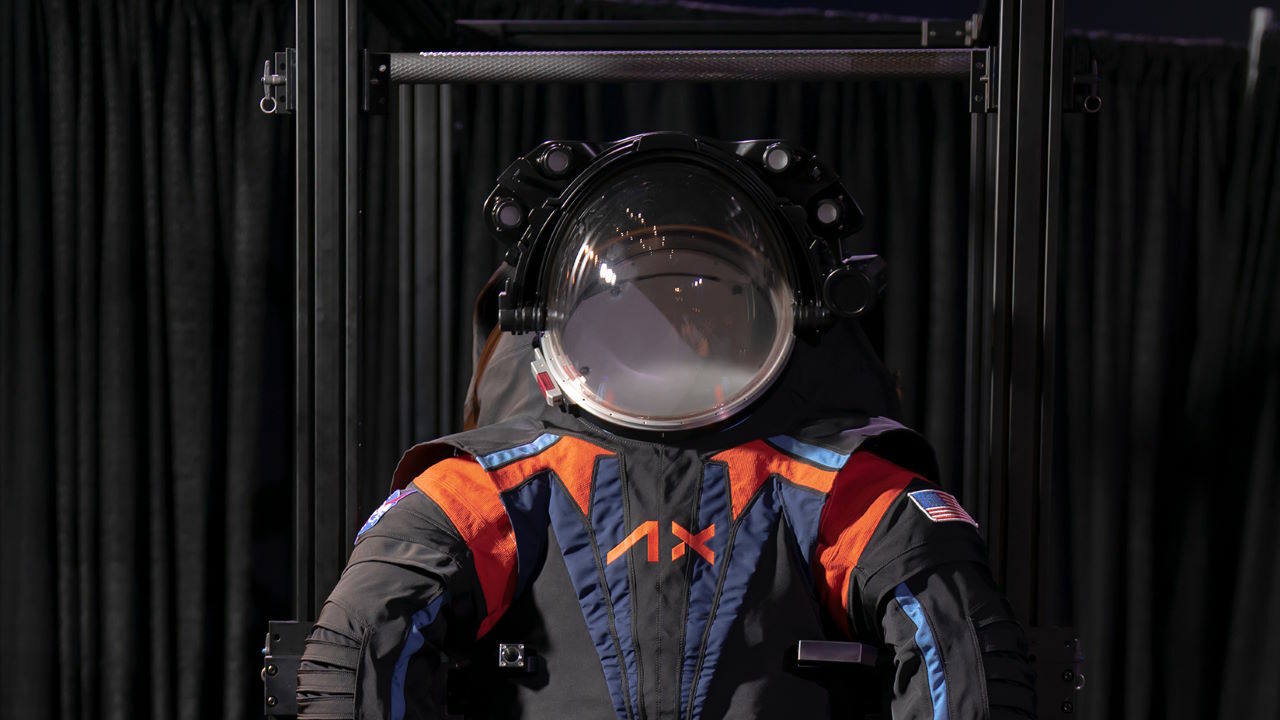
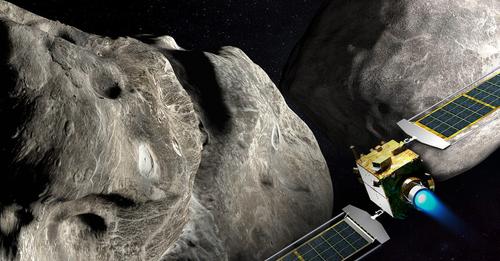
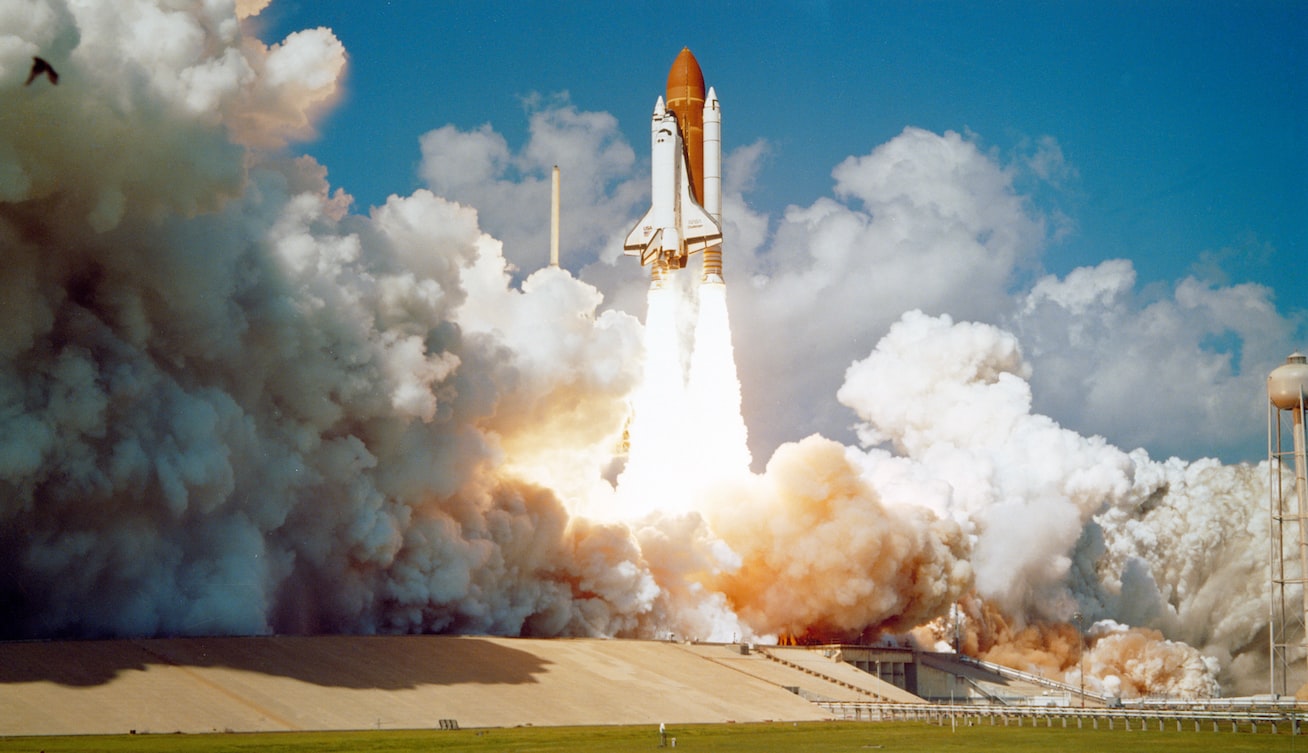
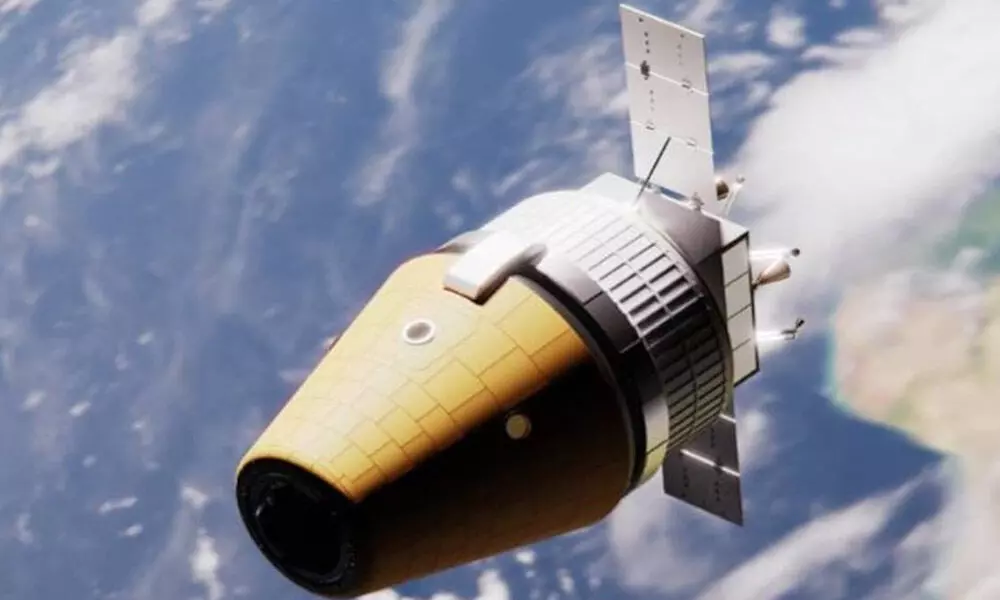
Leave a Reply